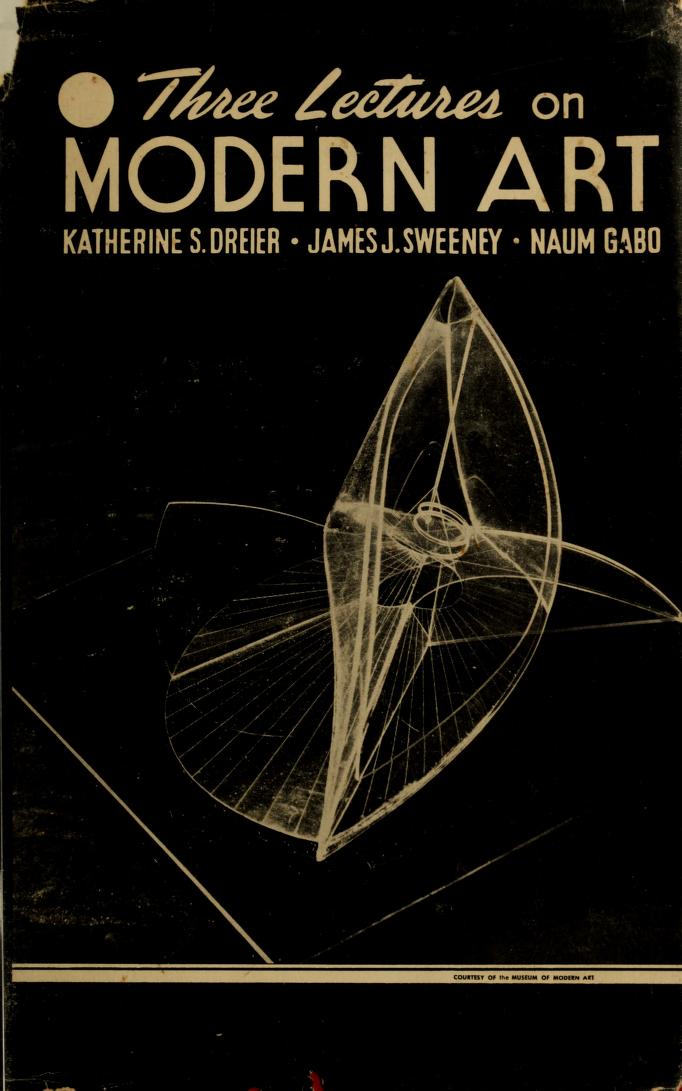Rosalind E. Krauss: The Optical Unconscious (1993–) [EN, ES]
Filed under book | Tags: · art criticism, art history, art theory, painting, surrealism, vision

“The Optical Unconscious is a pointed protest against the official story of modernism and against the critical tradition that attempted to define modern art according to certain sacred commandments and self-fulfilling truths. The account of modernism presented here challenges the vaunted principle of “vision itself.” And it is a very different story than we have ever read, not only because its insurgent plot and characters rise from below the calm surface of the known and law-like field of modernist painting, but because the voice is unlike anything we have heard before. Just as the artists of the optical unconscious assaulted the idea of autonomy and visual mastery, Rosalind Krauss abandons the historian’s voice of objective detachment and forges a new style of writing in this book: art history that insinuates diary and art theory, and that has the gait and tone of fiction.
The Optical Unconscious will be deeply vexing to modernism’s standard-bearers, and to readers who have accepted the foundational principles on which their aesthetic is based. Krauss also gives us the story that Alfred Barr, Meyer Shapiro, and Clement Greenberg repressed, the story of a small, disparate group of artists who defied modernism’s most cherished self-descriptions, giving rise to an unruly, disruptive force that persistently haunted the field of modernism from the 1920s to the 1950s and continues to disrupt it today.
In order to understand why modernism had to repress the optical unconscious, Krauss eavesdrops on Roger Fry in the salons of Bloomsbury, and spies on the toddler John Ruskin as he amuses himself with the patterns of a rug; we find her in the living room of Clement Greenberg as he complains about “smart Jewish girls with their typewriters” in the 1960s, and in colloquy with Michael Fried about Frank Stella’s love of baseball. Along the way, there are also narrative encounters with Freud, Jacques Lacan, Georges Bataille, Roger Caillois, Gilles Deleuze, and Jean-François Lyotard.
To embody this optical unconscious, Krauss turns to the pages of Max Ernst’s collage novels, to Marcel Duchamp’s hypnotic Rotoreliefs, to Eva Hesse’s luminous sculptures, and to Cy Twombly’s, Andy Warhol’s, and Robert Morris’s scandalous decoding of Jackson Pollock’s drip pictures as “Anti-Form.” These artists introduced a new set of values into the field of twentieth-century art, offering ready-made images of obsessional fantasy in place of modernism’s intentionality and unexamined compulsions.”
Publisher MIT Press, 1993
An October Book
ISBN 026211173X, 9780262111737
365 pages
Reviews: Gregg M. Horowitz (JAAC 1994), Briony Fer (Art Hist 1994), Brian Grosskurth (Oxford Art J 1994), Terry Smith (Modernism/modernity 1995), more.
Commentary: Roger Kimball (New Criterion 1993), James Elkins (2013), Brooke Carlson (2014).
Publisher (EN)
Optical Unconscious (English, 1993)
El inconsciente óptico (Spanish, trans. J. Miguel Esteban Cloquell, 1997)
Katherine S. Dreier, James Johnson Sweeney, Naum Gabo: Three Lectures on Modern Art (1949)
Filed under book | Tags: · abstract art, art, art criticism, avant-garde, constructivism, painting

“These lectures by three brilliant leaders in Modern Art were delivered at Yale University under the auspices of the Thomas Rutherford Trowbridge Art Lecture Foundation.
These three lectures deal with the founding of the Société Anonyme; Museum of Modern Art; 1920, which was organized by Katherine S. Dreier, Marcel Duchamp and Man Ray to bring clarity and understanding to the confusion which the many new forms of expression in art brought over by the Armory Exhibition in 1913 had caused.”
The lectures include “Intrinsic Significance” in Modern Art by Katherine S. Dreier. Modern Art and Tradition by James Johnson Sweeney, and A Retrospective View of Constructive Art by Naum Gabo.
Foreword by Dean Charles Sawyer
Publisher The Philosophical Library, 1949
91 pages
PDF
Internet Archive (multiple formats)
Gilles Deleuze: Francis Bacon: The Logic of Sensation (1981–) [EN, ES, PT, HU]
Filed under book | Tags: · art, art criticism, body without organs, diagram, painting, philosophy

Gilles Deleuze was one of the most influential and revolutionary philosophers of the twentieth century. Francis Bacon: The Logic of Sensation is his long-awaited work on Bacon, widely regarded as one of the most radical painters of the twentieth century. The book presents a deep engagement with Bacon’s work and the nature of art. Deleuze analyzes the distinctive innovations that came to mark Bacon’s style: the isolation of the figure, the violation deformations of the flesh, the complex use of color, the method of chance, and the use of the triptych form. Along the way, Deleuze introduces a number of his own famous concepts, such as the ‘body without organs’ and the ‘diagram,’ and contrasts his own approach to painting with that of both the phenomenological and the art historical traditions. Deleuze links Bacon’s work to Cezanne’s notion of a ‘logic’ of sensation, which reaches its summit in color and the ‘coloring sensation.’ Investigating this logic, Deleuze explores Bacon’s crucial relation to past painters such as Velasquez, Cezanne, and Soutine, as well as Bacon’s rejection of expressionism and abstract painting. Long awaited in translation, Francis Bacon is destined to become a classic philosophical reflection on the nature of painting.
First published as Francis Bacon: Logique de la Sensation, Editions de la Difference, Editions du Seuil, France, 1981
Translated by Daniel W. Smith
Publisher Continuum International Publishing Group, London/New York, 2003
ISBN 0826466478, 9780826466471
228 pages
publisher (EN)
google books (EN)
Francis Bacon: The Logic of Sensation (English, trans. Daniel W. Smith, 2003)
Francis Bacon: Lógica de la sensación (Spanish, trans. Ernesto Hernández B. Revista “Sé cauto”, 1984)
Francis Bacon: Lógica Da Sensacão (Portuguese, trans. Silvio Ferraz and Annita Costa Malufe)
Francis Bacon: Az érzet logikája (Hungarian, undated, unpaginated, added on 2013-9-26)

